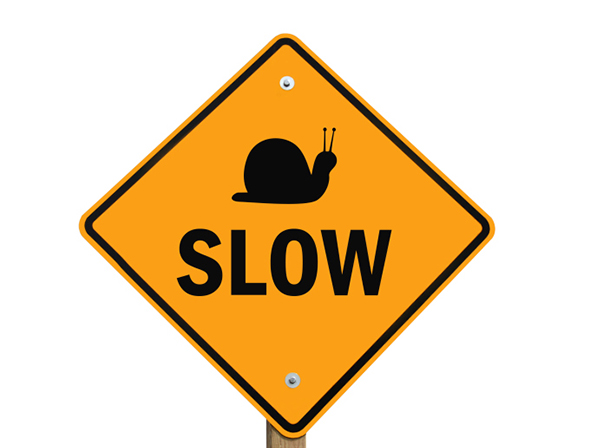9 Marketing Lessons to Grow Your Business In Any Economy
Let’s get right to the lessons:
- Follow up.
- Follow up.
- Follow up.
- Follow up.
- Follow up.
- Follow up.
- Follow up.
- Follow up.
- Follow up.
Studies of sales practices continue to show that most salespeople don’t follow up more than one or two times after making a presentation or giving a quote.
Marketing is no different.
Most businesses will attempt to deliver one or two marketing messages and rarely follow up afterward. Unfortunately, one or two delivered messages will rarely produce tangible results.
We live in a world where people are bombarded by marketing and sales messages every day. So it’s unrealistic to expect one message — no matter how creative the graphics or how great the sales copy — will make it through that clutter.
Our logical minds would tell us that if our target audience wants the product or service we’re selling, they’ll take us up on the first offer we provide. But that’s not how it works in real life.
The reality is that most people’s busy, scattered lives often get in the way of acting on an offer, even if they had every intention of doing so. Whether we like it or not, the rules of the game have changed. For better or worse is debatable.
So what’s the solution?
Follow up. How many times? Start with two or three, and build from there.
Customers don’t always go for the lowest price. They buy from whoever they perceive will provide the best option. Businesses that communicate their value proposition regularly capture most of the attention and position themselves as the most obvious choice. By doing so, they make the buying decision easier.
Can you follow up without being a pest or nuisance?
The best salespeople aren’t pushy, but they are persistent. They present their case by providing valuable information so the prospect makes the best decision. That’s how your messages should be presented — useful information without the hype.
To get your messages read by your best prospects and your cherished customers, you must deliver them consistently and across several marketing channels. For most businesses, a combination of print, email, social, and web-based messages works effectively.
So what makes an effective follow-up marketing plan? Start by creating a compelling message that would have value for your audience. Spread that message across the most effective marketing channels for your business. Do it consistently. Rinse and repeat.
Following up on your marketing messages will make you stand out the same way as the salesperson who doesn’t give up after one presentation or quote. In the end, you’ll become the most logical choice when your prospect is ready to make their purchasing decision.










